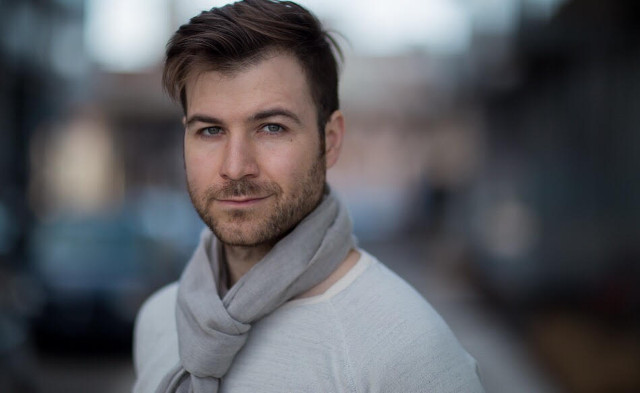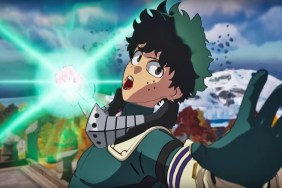Independent horror game Outlast came on to the scene in spectacular fashion, making waves with critics, streamers and everyday gamers alike. Perhaps most noticeable was Outlast's eerie orchestral score that harkened back to famous horror movies such as The Shining, among many others.
That same composer, Samuel Laflamme, is back for Outlast. Laflamme's composition credits include the 2014…











